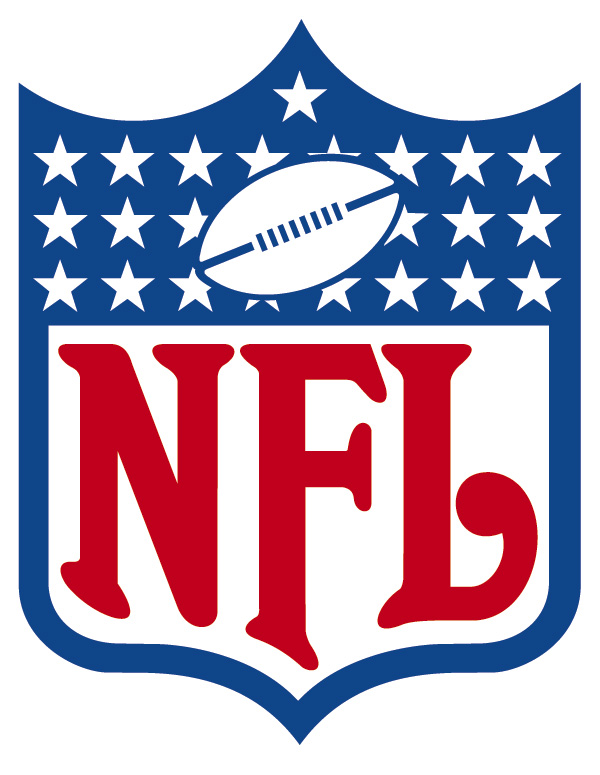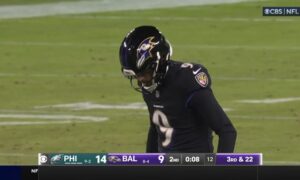As was expected, the NFL’s competition committee yesterday approved a new rule change that pushes the line of scrimmage for point after tries from the two-yard line all the way back to the 15-yard line. Instead of 17-yard attempts, then, kickers will now have to consistently make their money from 32 yards out.
In addition to moving the line of scrimmage for PATs, the defense will now be able to return a loose ball for two points, but the line of scrimmage for two-point attempts has not changed. Among the three proposals entertained yesterday, all three suggested the PAT change, but only one suggested moving the line of scrimmage for two-point conversions.
The argument for changing the extra point try was, in part, to make it more challenging, and thus more exciting and engaging, though the value of that I view as questionable. A secondary concern for the change was to encourage teams to attempt to go for two more frequently.
ESPN Stats & Information posted an infographic on Twitter yesterday much to that effect, extrapolating from their data the conclusion that teams are more likely to score a higher number of points if they always go for two than if they go for one. [Note: the Tweet containing this data has since been deleted and as of this writing has not been replaced.]
The reasoning laid out is as follows. Taking the data from the past 10 seasons, teams successfully scored on two-point conversions 47.4 percent of the time, meaning that they averaged .948 points per attempt.
Field goals attempted from a range of 32 to 33 yards were converted at a rate of 91.6 percent. The conclusion then was that an extra point try from that distance would net an average points per attempt figure of .916, which is less than the figure proposed for two-point attempts.
Over the past 10 seasons, teams have successfully converted PATs at a rate of 99.1 percent. Assuming the accuracy of ESPN’s data, it would suggest a significant swing in probability. But there is reason to question the plausibility of that data.
For example, using Pro Football Focus’s charting over the past two seasons, accuracy varied considerably on field goals attempted from a range of 30 to 35 yards, depending on the ball’s placement. On the right hash mark, kickers converted just under 94 percent of attempts, whereas from the left hash mark they converted under 92 percent. However, from the center of the field, they were accurate close to 98 percent of the time.
In other words, ESPN’s data does not account for all of the variables relevant to field goal attempts. PATs will be attempted with the ball placed in the center of the hash marks, where statistics show that accuracy improves by a statistically significant percentage, and is not that far off from the conversion rate of PATs from the two-yard line.
In other words, while the league may get just a touch more excitement from longer field goal attempts, the available data does not suggest that it’s more prudent for teams to attempt more two-point attempts in non-essential situations. The ability for the defense to score poses a further hindrance, in fact. Really, the only event in which it may be more likely for a team to attempt a two-point conversion is in adverse weather conditions.
Were that the goal, a much more statistically significant movement would have been to move the line of scrimmage for two-point attempts.








